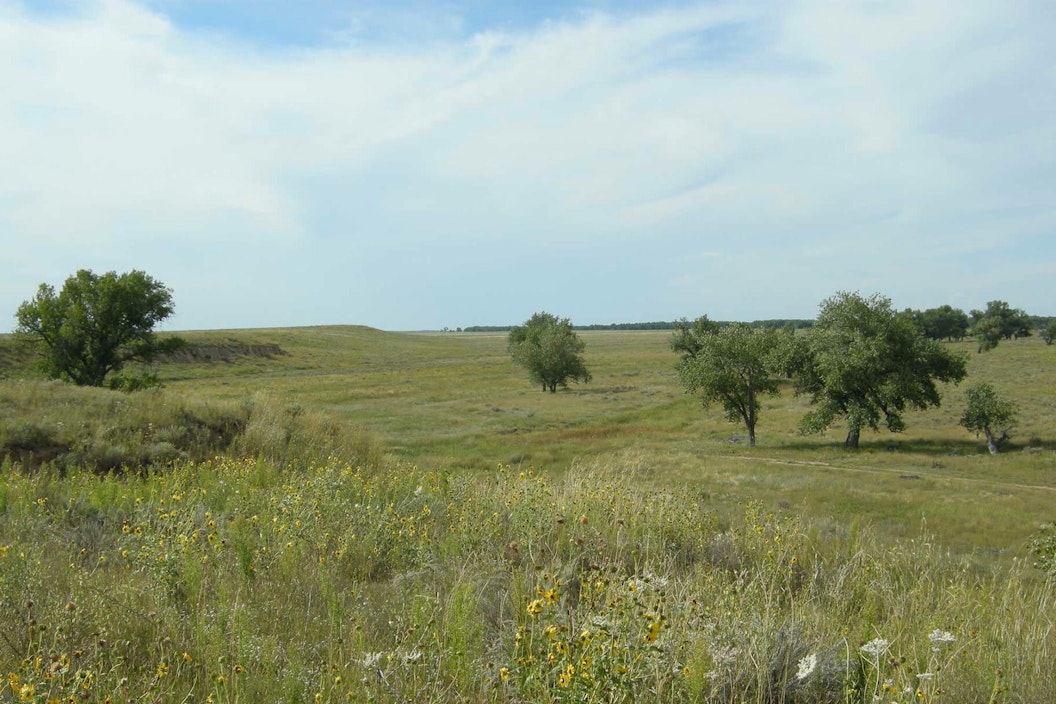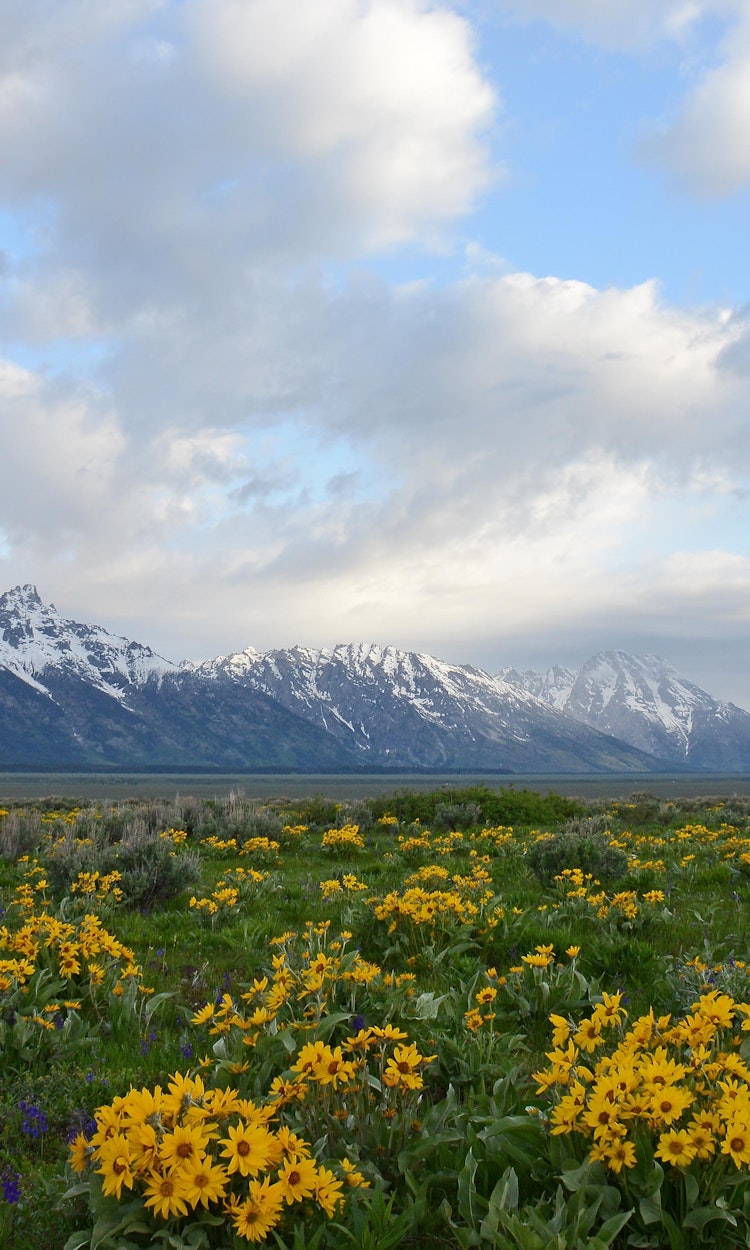
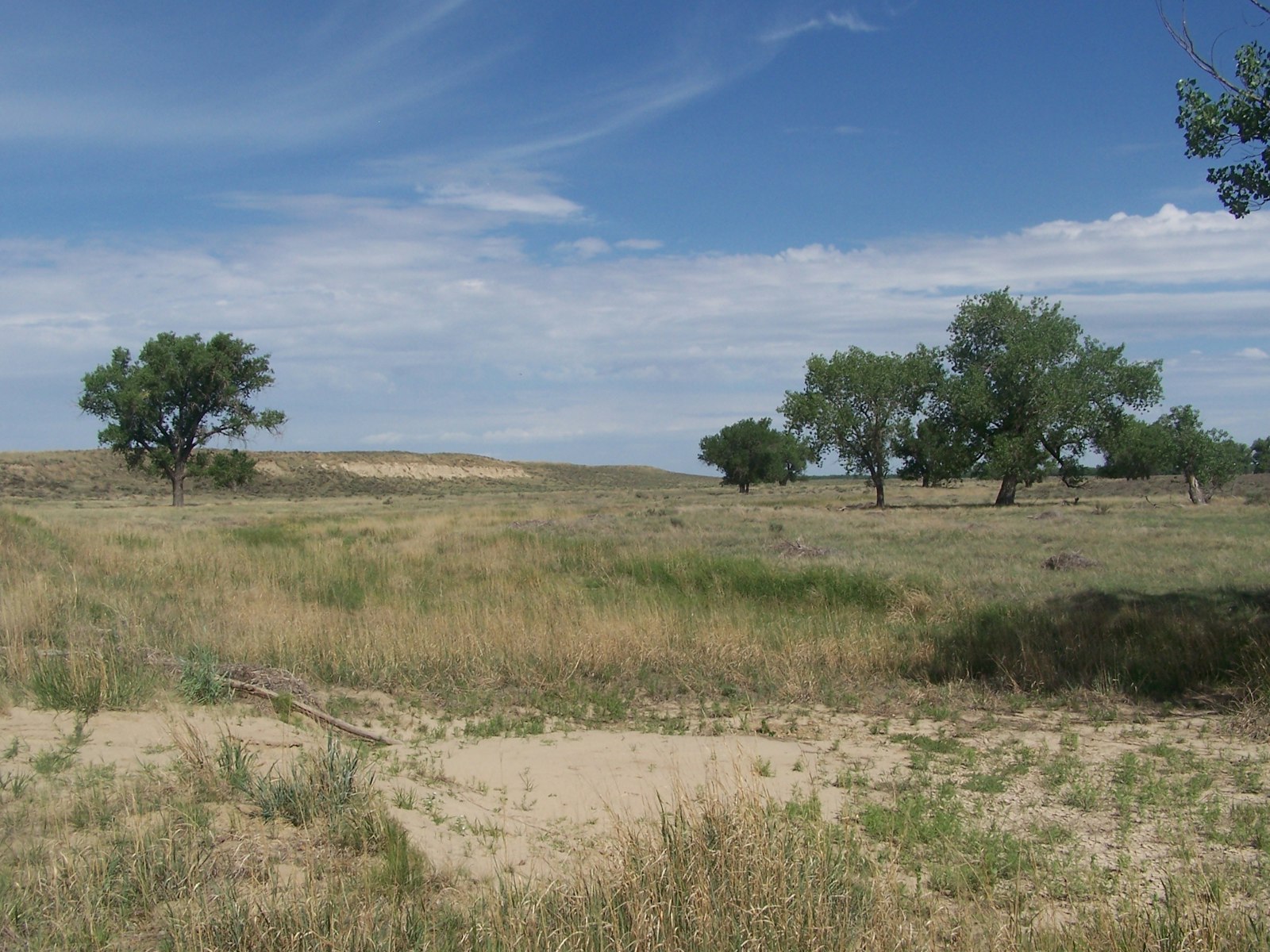
.
.
The National Park Service (NPS) plays an essential role in protecting and interpreting the places that tell our American story, including the grim and tragic chapters. One park site that brings that responsibility to light is Sand Creek Massacre National Historic Site, where NPS is working with native tribes to preserve the cultural landscape and enhance public understanding of a nineteenth century massacre of Native Americans in Colorado.
With support from the National Park Foundation (NPF), the park site has grown in acreage and NPS is able to more completely share both a story of suffering and resilience and growth.
The Sand Creek Massacre
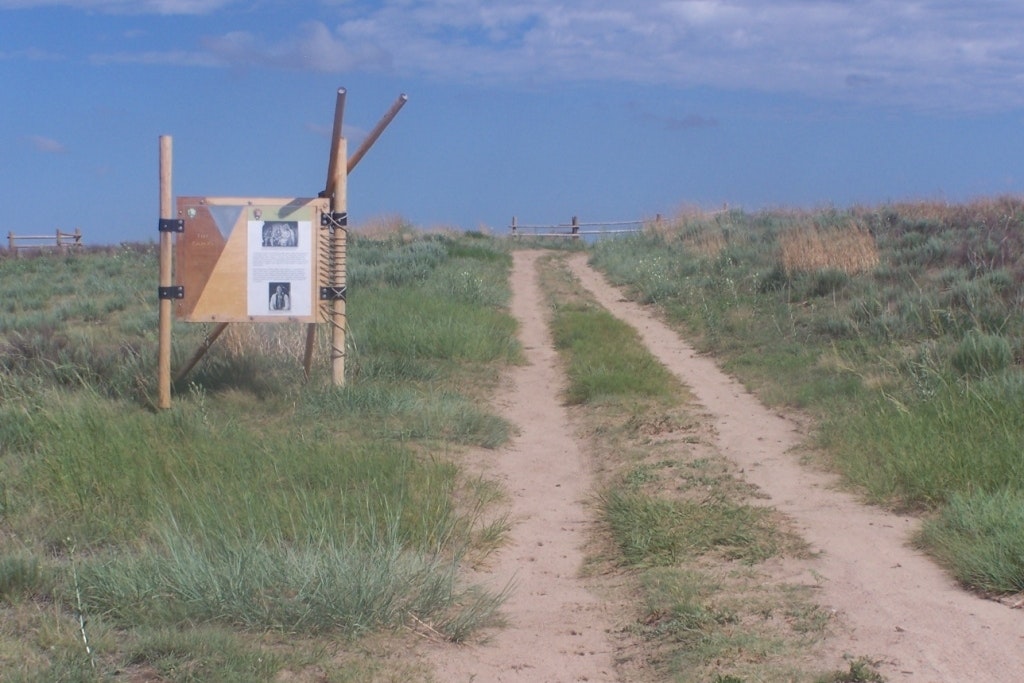
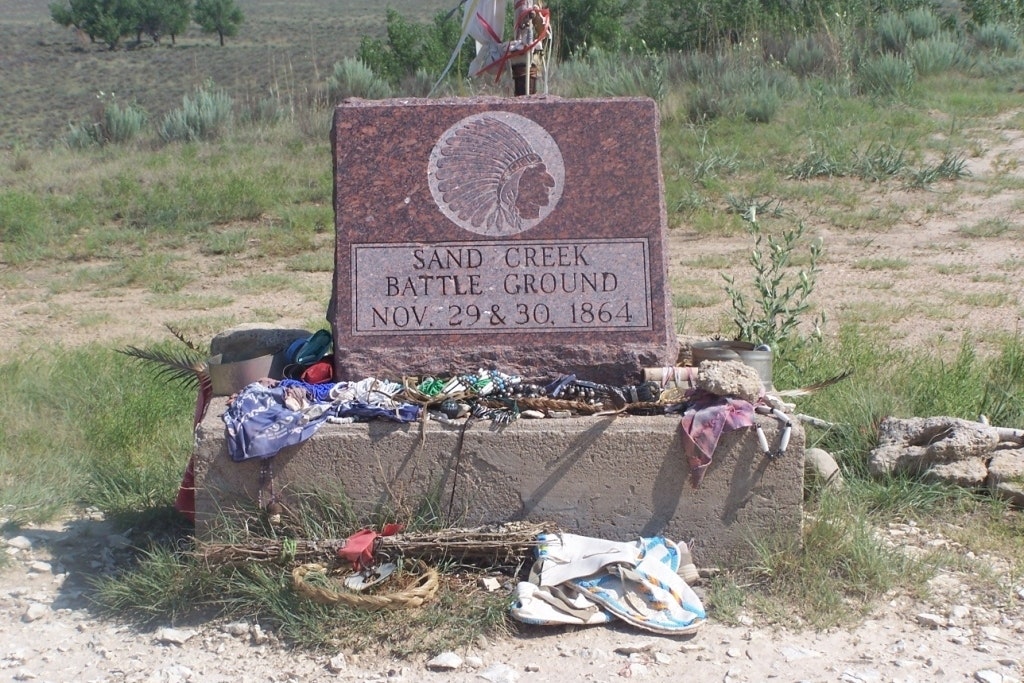
On November 29, 1864, U.S. soldiers attacked Cheyenne and Arapaho Indians camped on land in southeastern Colorado territory, the site of today’s park, killing more than 230 people.
During negotiations for a peace deal between the tribal leaders and Governor Evans, the American military commanded 750 people from the Arapaho and Cheyenne Plains Native American Tribes to camp alongside Big Sandy Creek. Without authority from the governor, an American colonel and his soldiers opened fire on the encampment and brutally killed more than 230 people – mostly women, children, and the elderly – over the course of eight hours.
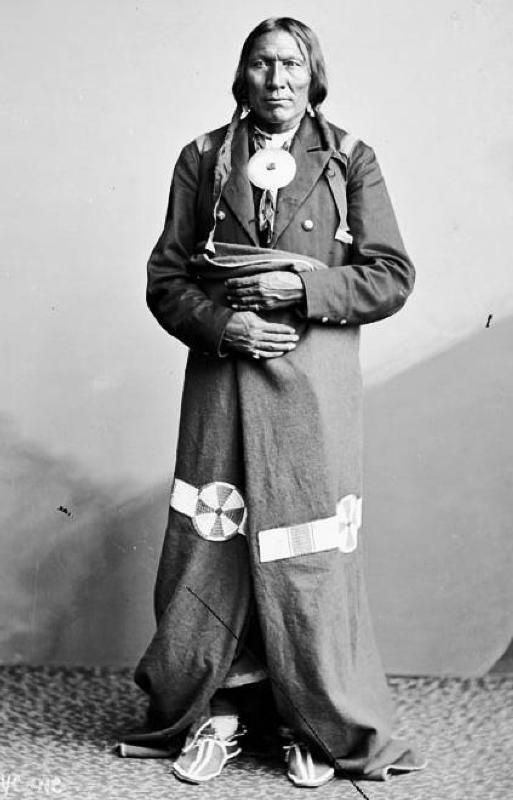
NPS writes, “The Sand Creek Massacre stands as a testament to a brutality that should be learned from and never repeated, a lesson of what the rejection of conscience in the face of fear and hysteria can lead to, and the suffering that this betrayal has imparted on generations of Arapaho and Cheyenne people.”
To preserve, interpret, and memorialize the events of the Sand Creek Massacre, Congress authorized the area as a National Historic Site in 2000. NPS formally opened Sand Creek Massacre National Historic Site in 2007 – and after a series of land acquisitions, the park encompassed 3,025 acres by 2015.
But those first 3,000+ acres represented only one-fourth of the land authorized by Congress – a total of 12,583 acres – leaving much of the site of the Massacre still in private hands and at risk of incompatible uses. Since the initial site opened, NPS and nonprofit organizations, including NPF, have been working together to protect the rest of the Massacre site by acquiring parcels from willing sellers within the authorized boundary.
Doubling the Size of the Park
Acquiring new lands often requires expenses well beyond the cost of the land itself. These costs include appraisals, surveys, environmental assessments, and more – costs that can add up quickly and become prohibitive when working on a large property over a period of years. In consultation with the park, NPF funded the pre-acquisition costs for the largest contiguous block of private land within the boundary through a grant to The Conservation Fund.
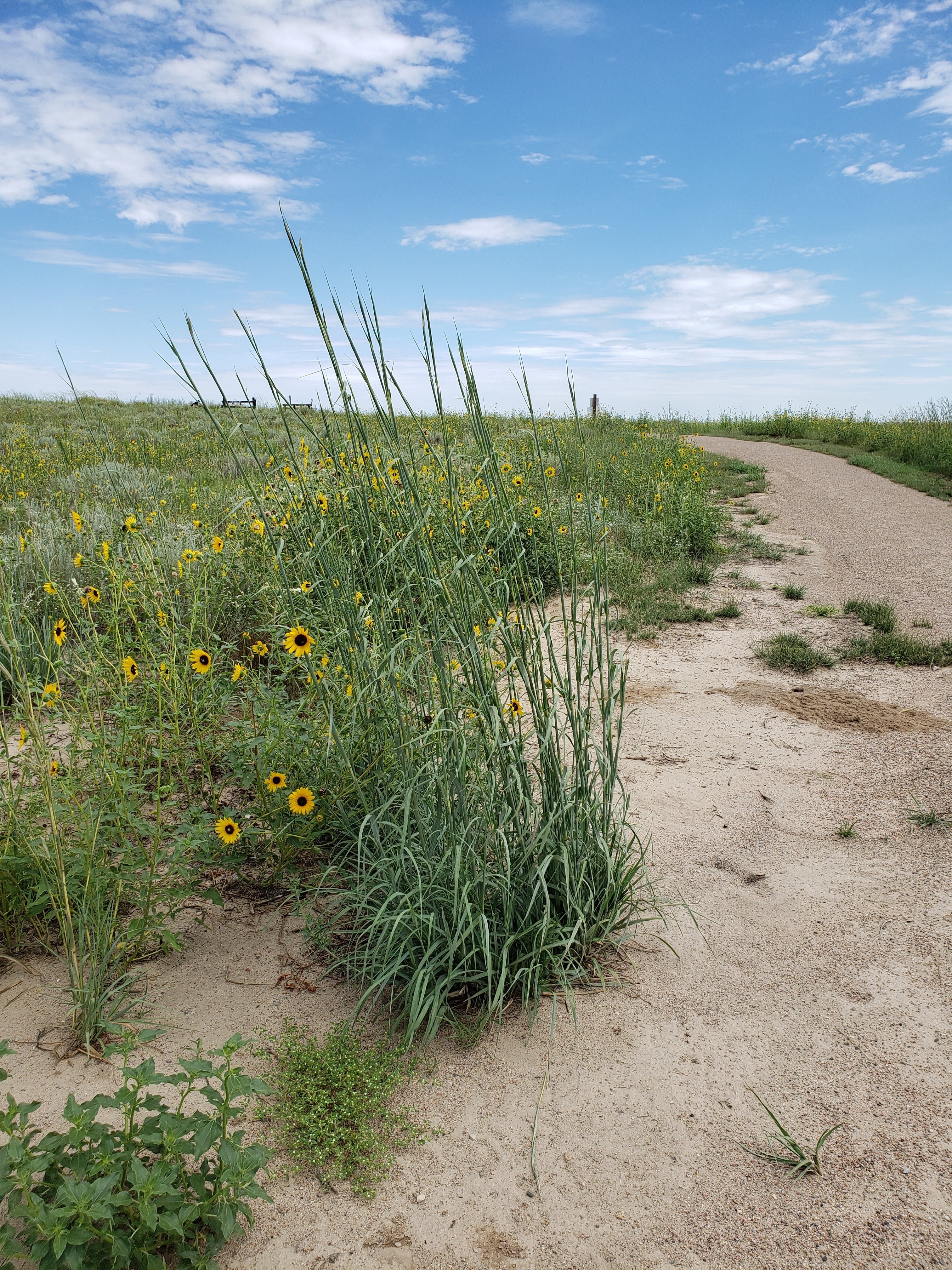
The successful purchase in 2022 of these former ranch lands from a private owner doubled the size of the protected site, bringing it to 6,503 acres – almost half of the total authorized land. The acquisition is also significant because the parcel includes lands listed on the National Register of Historic Places for their significance in the massacre.
The newly acquired land also returns access of additional protected lands to the Cheyenne and Arapaho people. Tribal representatives from the Northern Arapaho Tribe, the Northern Cheyenne Tribe, and the Cheyenne and Arapaho Tribes – the modern tribes with descendants from the massacre – are engaged in the planning and implementation of management practices alongside NPS at the site. The tribes have special rights of access to the park land and descendants have special status for cultural, traditional, and ceremonial purposes.
Each November, as part of the Annual Spiritual Healing Run/Walk, Cheyenne and Arapaho runners trek 173 miles, representing the route used by the volunteer soldiers returning to Denver after the Massacre parading with their battle “trophies” from the slaughter. The modern Run/Walk is a way to remember the victims of the Massacre and to seek healing from these atrocities.
Continuing Support
In addition to cultural preservation and interpretation, the park also protects one of the most intact shortgrass prairie ecosystems within the National Park System, providing habitat for a wide range of plants, wildlife, and species of special concern. The latest acquisition will allow 800 acres of dryland farming to be restored to native grassland.
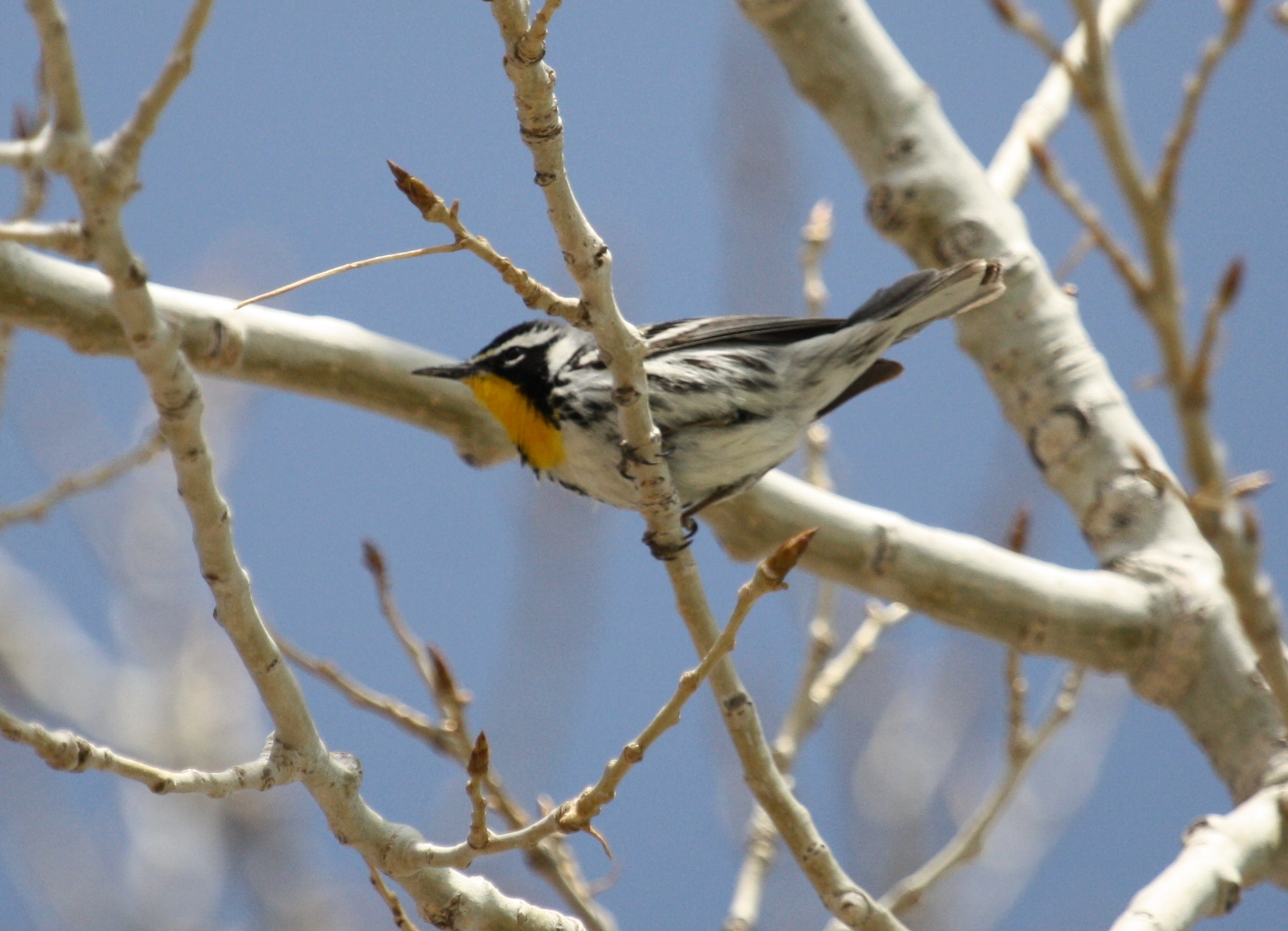
To further protect this sensitive habitat, NPF collaborated with Sand Creek Massacre National Historic Site and The Conservation Fund to create a three-mile fence along on the boundary of the newly-acquired land, protecting the parcel from cattle grazing on adjoining private lands.
All of this work helps NPS restore the land to its topographic features as close to the 1864 appearance as possible. And preservation of the land is just one part of NPS’ work to facilitate public opportunities to learn about Native American culture and history and better tell the multifaceted story of American history – one in which the gruesome events at Sand Creek are shared and not suppressed.
Related Programs
-
 Land Conservation
Land Conservation -
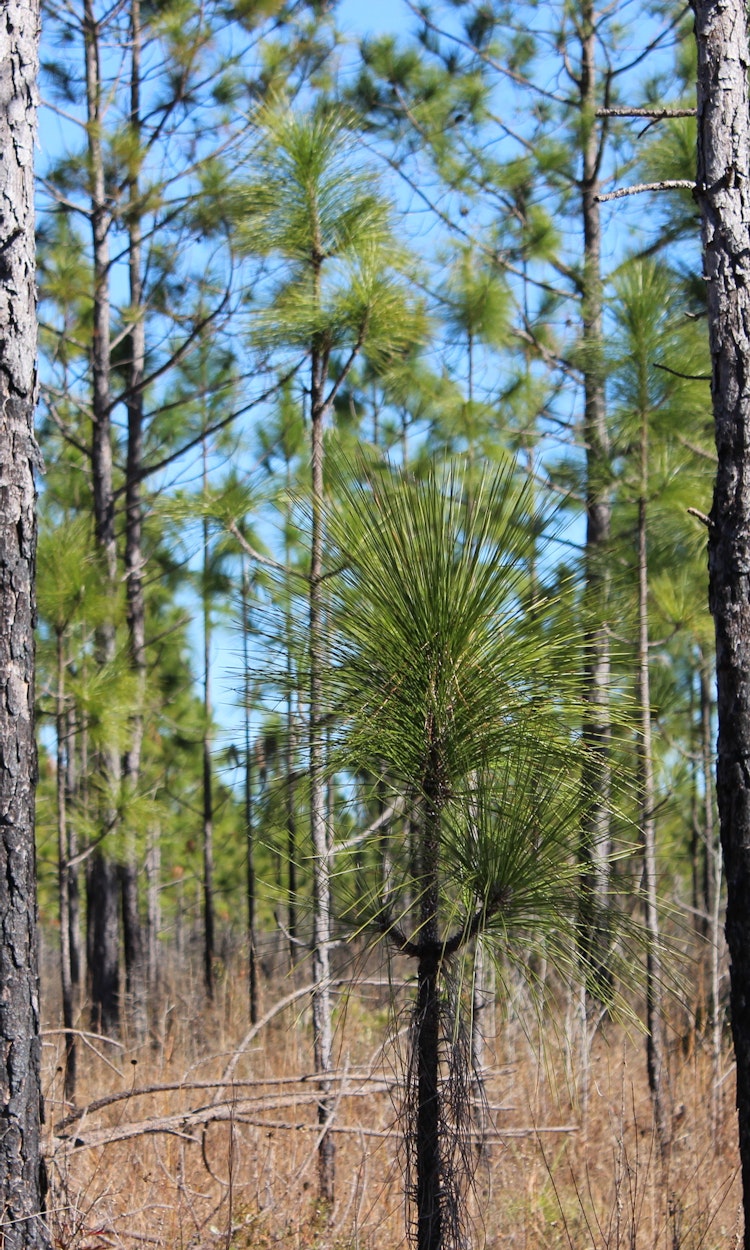 Habitat Conservation
Habitat Conservation
